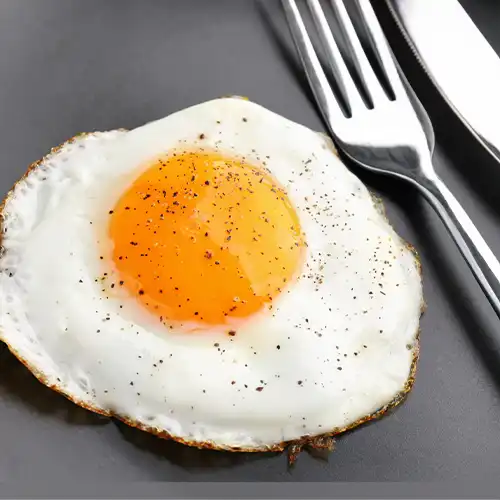
Health Benefits
Chicken has well-documented health benefits, but different parts and preparation methods factor into how healthy your chicken-based meal turns out. Darker cuts like the thigh and drumstick contain higher caloric content than lighter cuts like the breast. Keeping the skin or frying chicken will also add saturated fat.
If you’re switching out red meat for chicken, you’ll want to stick with chicken breast, as it’s the healthiest cut of the bird.



Stronger Bones and Muscles
The lean protein in chicken is an excellent source of amino acids. Our bodies use amino acids to build muscle tissue, something that is particularly important as we age. Studies have also shown that higher protein intake helps to maintain bone mineral density. Eating chicken can help to build stronger muscles and promote healthier bones, decreasing the risk of injuries and diseases such as osteoporosis.
Weight Management and Heart Health
Research suggests that 25-30 grams of protein per meal can help us feel more full. Protein rich meals can make us feel fuller despite us eating less, which helps to promote better weight management. Healthier weight leads to improvements in risk factors for heart problems such as high triglyceride levels and high blood pressure. A food rich in protein, chicken can help with weight management and reduce the risk of heart disease.
Nutrition
Chicken is filled with high-quality proteins and doesn’t contain much fat — especially if you eat lean cuts. Beyond its rich protein content, chicken also contains:
- Vitamin B12
- Tryptophan
- Choline
- Zinc
- Iron
- Copper
Nutrients per Serving
A raw, boneless skinless chicken breast fillet contains:
- Calories: 120
- Protein: 26 grams
- Fat: 2 grams
- Carbohydrates: 0 grams
- Fiber: 0 grams
- Sugar: 0 grams
How to Prepare Chicken
After you buy chicken, make sure to refrigerate it within two hours. If you won’t cook your chicken within two days, freeze it in a freezer-safe plastic wrap and thaw it before cooking. There are several ways to thaw frozen chicken:
- Thaw it in the refrigerator for 24 hours prior to cooking.
- Submerge it in cold tap water to thaw. Change the water every 30 minutes. A three-pound package can take a couple of hours to thaw with this method.
- Use your microwave to thaw chicken. Make sure you cook it immediately afterward.
Whichever method you use, do not leave your chicken in an environment over 40 degrees F when thawing, as bacteria can begin to grow on the meat. You can also choose to cook your chicken frozen.

- +15018596136
- support@drewpoultryfarm.com
- 1558 AR-213, Hattieville, AR 72063, United States
Get exciting offers!
Join our email list to get exciting offers from our poultry farm!
